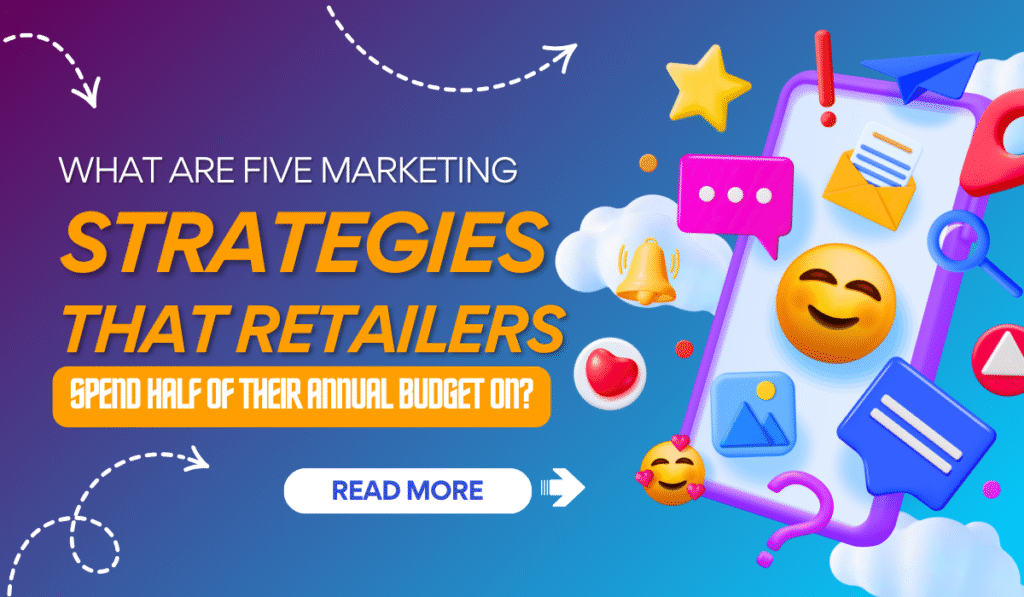In the dynamic world of retail, where competition is fierce and consumer behaviors evolve rapidly, businesses are constantly seeking effective ways to gain and maintain visibility. For most retailers, this means allocating significant financial resources toward strategic marketing initiatives. The question arises: what are five marketing strategies that retailers spend half of their annual budget on? The answer lies not only in common practice but in strategic investment decisions driven by ROI, market penetration goals, and customer engagement metrics.
This article dives deep into those five core strategies, offering a uniquely structured exploration of how and why these approaches dominate retail marketing budgets. We’ll not only cover what the strategies are, but also what makes them such consistent line items in multi-million-dollar annual plans.
Unraveling the Budget Blueprint: The Five Giants of Retail Marketing
To understand what are five marketing strategies that retailers spend half of their annual budget on, we must first look at where the money goes—and why it goes there. The following five strategies are not just line items in a budget spreadsheet. They are expansive, constantly evolving ecosystems of tactics, tools, and technologies.
1. Digital Advertising (Paid Media): The Budget Behemoth
Digital advertising remains the single largest consumer of retail marketing dollars. Whether it’s programmatic display ads, Google Shopping campaigns, or social media ads, digital advertising consistently ranks as the highest-budget strategy. Retailers allocate 20–30% of their total marketing spend here alone.
Why It Dominates:
- Real-Time ROI Measurement: Performance is measurable almost instantly.
- Scalability: Campaigns can scale based on budget, seasonality, or product demand.
- Precision Targeting: Advanced targeting capabilities allow segmentation by behavior, demographics, intent, and more.
Key Channels Include:
- Google Ads (Search + Shopping)
- Meta Platforms (Facebook + Instagram)
- TikTok for Retail Promotions
- YouTube for Product Storytelling
- Programmatic Display for Retargeting
What makes this particularly budget-intensive is the pay-per-click (PPC) or cost-per-impression (CPM) models—retailers are charged for visibility, not just conversions. As competition increases, so do ad costs, especially in product-heavy industries like fashion, beauty, and consumer electronics.
2. Influencer and Affiliate Marketing: The Social Proof Engine
When evaluating what are five marketing strategies that retailers spend half of their annual budget on, influencer and affiliate marketing can no longer be overlooked. Retailers now pour massive portions of their budget into partnerships with creators, micro-influencers, and brand ambassadors.
Why It’s a Game-Changer:
- Authenticity Wins: Consumers trust peer recommendations more than branded content.
- Highly Shareable: Influencer content often gains organic traction.
- Cross-Channel Leverage: Can be repurposed for email, landing pages, and paid ads.
The Budget Breakdown:
Retailers can spend between 10–20% of their total marketing budget here, depending on the brand’s influencer dependency. This includes:
- Flat-fee collaborations
- Performance-based affiliate commissions
- Gifting and product seeding programs
Notably, niche brands often outperform mainstream competitors in ROI, because micro-influencers tend to have higher engagement rates and audience loyalty. Thus, budget allocation here isn’t just for reach, but for high-quality conversions.
3. In-Store Experience and Visual Merchandising
This may come as a surprise in our digital-first era, but in-store marketing still commands a significant share of retail marketing budgets—especially among brands with a strong physical presence.
What’s Included:
- Window displays and seasonal layouts
- Interactive kiosks and QR code integrations
- Scent marketing and audio branding
- In-store events and experiential activations
Why It Costs So Much:
- Design and Production: Physical installations are labor-intensive and require custom fabrication.
- Technology Integration: More retailers are implementing AR, VR, and digital signage into the in-store journey.
- Labor and Training: Staff must be trained to align with experiential marketing goals.
In some cases, 10–15% of the annual marketing budget is allocated to physical space enhancements and retailtainment strategies. This is particularly true for flagship stores or premium retail locations in high-footfall areas.
4. Loyalty Programs and CRM-Fueled Retention
Customer acquisition may get the spotlight, but retention is where profitability lives. Thus, a growing portion of retail budgets—often underestimated by outsiders—is dedicated to Customer Relationship Management (CRM), loyalty programs, and lifecycle marketing.

What’s Driving Investment:
- Email/SMS Campaigns
- App-based Rewards Systems
- Predictive Analytics Tools
- Personalized Offers Based on Purchase History
CRM platforms like Salesforce, Klaviyo, or HubSpot are not cheap, especially when integrated with AI or machine learning algorithms to create hyper-personalized campaigns. Yet the return on investment is undeniable. It costs 5–7x more to acquire a customer than to retain one, and loyalty programs increase purchase frequency by up to 35%.
Retailers frequently spend 10–15% of their annual marketing budget on these systems, making them one of the most efficient uses of capital—even if it doesn’t always look flashy.
The Hidden Costs Retailers Overlook
When we discuss what are five marketing strategies that retailers spend half of their annual budget on, it’s important to mention the “hidden costs” associated with these strategies. These often include:
- Data Privacy Compliance (GDPR, CCPA)
- Attribution and Reporting Systems
- A/B Testing Tools
- Third-party Technology Integrations
Retailers must factor these costs into each of the five core strategies, meaning the “half of the budget” can balloon once the total ecosystem is accounted for.
Trend Watch: What Will Dominate the Next Budget Cycle?
While the five strategies above currently dominate the budget, several emerging strategies are gaining traction:
- AI-Powered Personalization Engines
- Metaverse Storefronts
- Voice Commerce Optimization
- Social Commerce and Livestream Shopping
These are poised to enter the top five in coming years, possibly reshaping what are five marketing strategies that retailers spend half of their annual budget on in the next decade.
Conclusion: It’s Not About Spending, It’s About Strategic Allocation
In wrapping up this deep dive into what are five marketing strategies that retailers spend half of their annual budget on, we realize that the question is as much about strategy as it is about money. It’s not just where retailers spend—but why they spend.
To recap, the five strategies are:
- Digital Advertising (Paid Media)
- Influencer and Affiliate Marketing
- In-Store Experience and Visual Merchandising
- Loyalty Programs and CRM
- Content Marketing and Organic SEO
Each of these plays a unique role in the retail ecosystem—from awareness to conversion to retention. And collectively, they represent not just an answer to a budget question—but a blueprint for retail success in the modern age.
Final Thought: Mastering the Marketing Mix
If you’re a retailer planning your next fiscal year, understanding what are five marketing strategies that retailers spend half of their annual budget on gives you a compass for prioritizing. But the real magic lies in the mix—finding the balance of short-term performance and long-term brand equity. Invest wisely, and your budget won’t just be an expense—it’ll be your most powerful growth engine.
visit website for more: chas6d


